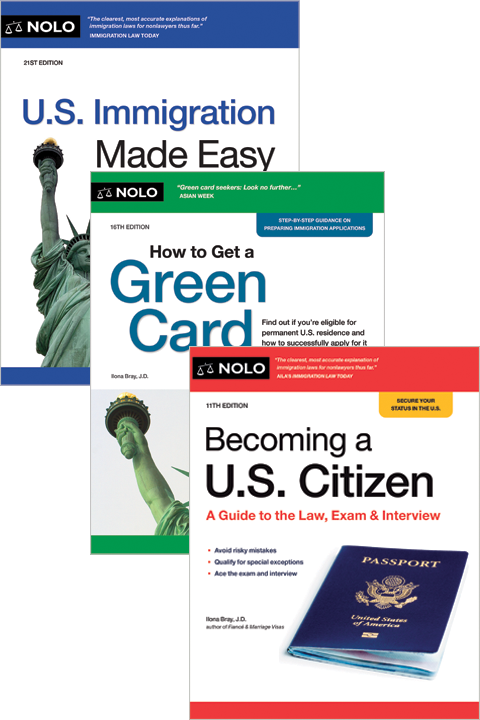 Applying for Asylum Status
Applying for Asylum Status
Each type of application process has its advantages and disadvantages, discussed here.
Notifying USCIS of an asylum applicant's change of address.
Under U.S. law, you are expected to apply for asylum either within one year of your last U.S. entry or one year after your valid visa status expires, unless you can show "extraordinary circumstances" or a similar exception.
Limited circumstances under which an applicant for asylum will be permitted to work in the United States.
If you have filed an affirmative asylum application, here's what to know about follow-up scheduling.
How the one-year filing deadline applies to your application for asylum in the U.S., and when you can take advantage of exceptions to the deadline.
Studying, working, and other possibilities during the months or years of waiting for an asylum decision.
A marriage-based green card may be a good option, but first learn about the complications of choosing it at this stage.
There's a one-year deadline between entering the U.S. and applying for asylum; but USCIS can make exceptions for people who were in lawful status.
You can use your asylum receipt code to see whether USCIS has received your case, whether your interview with an asylum officer has been scheduled, or whether a decision was reached in your case.
If your asylum claim ends up in removal proceedings, here's what to expect at the first (scheduling) hearing.
Asylum applicants have many opportunities for appeal, if they can afford it.
Not yet in removal (deportation) proceedings? You may be able to submit a new I-589 application for asylum if the first is denied.
Overview of the different application processes that refugees and asylees must follow.
Details of how asylum-seekers in the U.S. who are not in removal proceedings should prepare their application.
Border crossers fleeing persecution must establish their believable fear before being allowed to apply for asylum.
What and who to bring to your interview at a U.S. Asylum Office, who you'll meet, and what will occur.
Procedures for submitting I-589 application for asylum to the Immigration Court (EOIR) and attending the individual merits hearing before the judge.
Empower Yourself: DIY Products by Nolo
Sidestep the lawyers with do-it-yourself books, documents, and software.
Nolo offers hundreds of consumer-friendly, do-it-yourself legal products for all types of legal situations. Browse our full product list.
More Legal Issues
Click below to view more legal issues. Our extensive collection of legal topics ranges across different areas of practice.
Corporations Car Accidents Criminal Law Debt Management Disability Law Divorce & Family Law

Learn About Our Team
Our editors have over 100 years of combined experience practicing law. These professionals have worked in a wide range of legal areas, from estate planning to criminal law to business formation and beyond. They’re experts at explaining complicated legal issues in easy-to-understand terms.
Learn more about the team that manages Nolo’s articles, books, and DIY tools.
Need a Lawyer? We Can Help
Find an experienced, local attorney in three easy steps. Our process is designed for ease and simplicity.
Describe Your Case
Briefly tell us about your case, and provide your contact information.
Get Connected
We find and instantly list attorneys that can best handle your case.
Hire an Attorney
Choose the attorneys you would like to work with.
Nolo Legal Dictionary
Find plain-English definitions for legal terms by browsing Nolo's Law Dictionary.
Are You an Attorney?
Grow your firm with Martindale-Nolo, the largest legal network, and learn more about our attorney lead-generation and marketing services.
Integrity and Expertise You Can Rely On
At Nolo, we prioritize quality and transparency because we know how important reliable legal information is to our readers. Our information is meticulously researched, regularly updated, and written in plain English by our experienced writers and editors. Learn more about our editorial standards.
- Briefly tell us about your case
- Provide your contact information
- Choose attorneys to contact you


